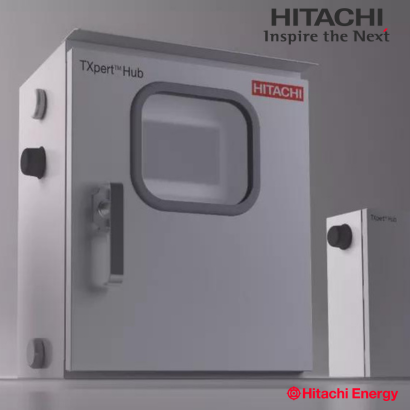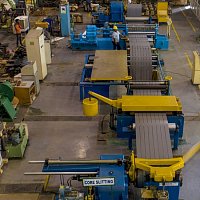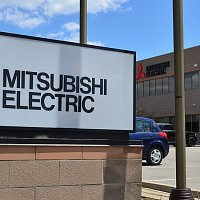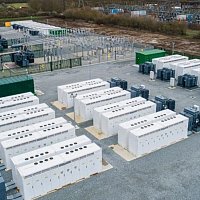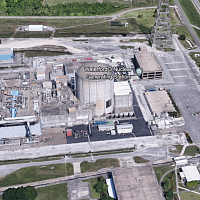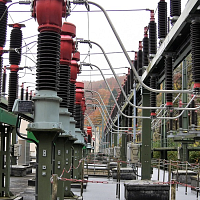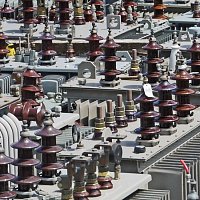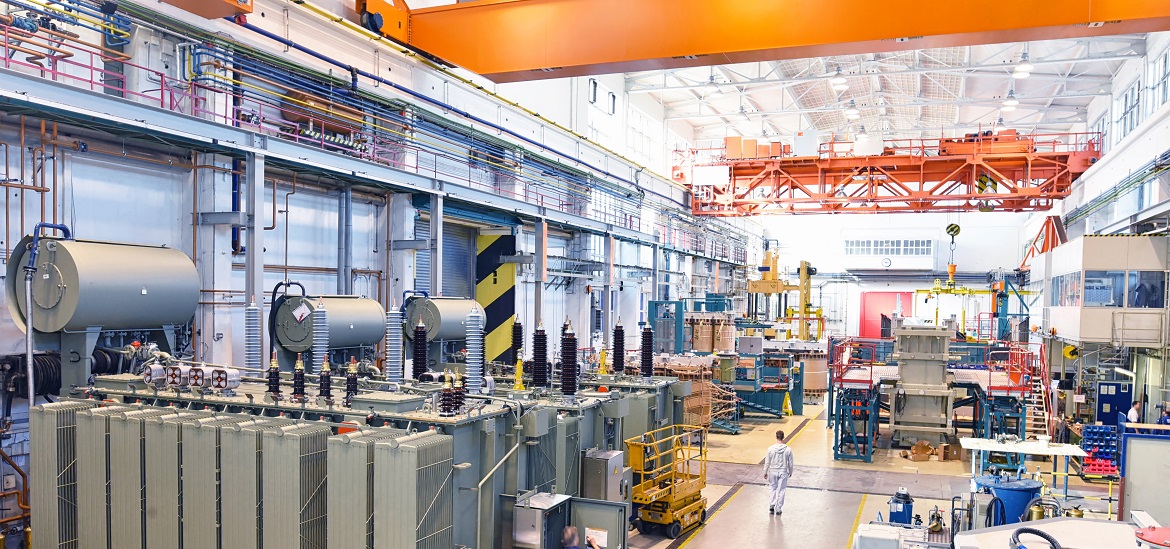
Image for illustrative purposes
MITIGATING TRANSFORMER SUPPLY CHAIN RISKS
There are many challenges that utilities face today in the never-ending goal of continuing to provide safe and reliable power. These challenges include trying to improve the resiliency of the grid to natural disasters, replacing aging infrastructure and making power delivery more efficient, all while integrating renewable energy sources.
One key element of these initiatives is the large power transformer, which is a critical building block to the grid [1]. New transmission lines will require substation upgrades, including power transformers. New renewable energy plants will require power transformers to interconnect to the grid. The average age of a large power transformer is 40 years, which is at the end of its designed service life [2]. This increasing demand for units is being met with a volatile supply chain struggling to keep up.
Power transformer lead times have gone up across all kVA sizes including large substation units to small distribution pole tops. In many cases, these lead times are reported to be 2-3 years [3]. Coupled with these increasing lead times is the significant cost of replacement, as the natural economic forces of supply and demand have driven up the price far greater than inflation or commodity increases would predict.
There are some very real compromises that utilities have been forced to make to meet this demand. These often include using new suppliers, non-standard designs or refurbishing units. All three will have an impact on the performance of that power transformer, increasing the risk of unexpected failures and potentially leading to a shorter service life.
Large Power Transformers are largely dependent on the availability of grain-oriented electrical steel (GOES), which accounts for roughly 25% of the unit’s cost. The vast majority of this material is imported into the United States with only one domestic supplier [1]. With a significant decline in domestic manufacturing of large power transformers and cores and concerns over the national security of bulk power systems, the presidential administration implemented Section 232 Tariffs on Steel. While this did improve the financial stability of domestic suppliers, it was disruptive to the large power transformer industry supply chain. This flux in competitive balance caused by the 25% tariff was magnified by the labor impacts as a result of the global pandemic. The net result of these two major market impacts is that the average large power transformer lead time has doubled and the cost has increased substantially [3].
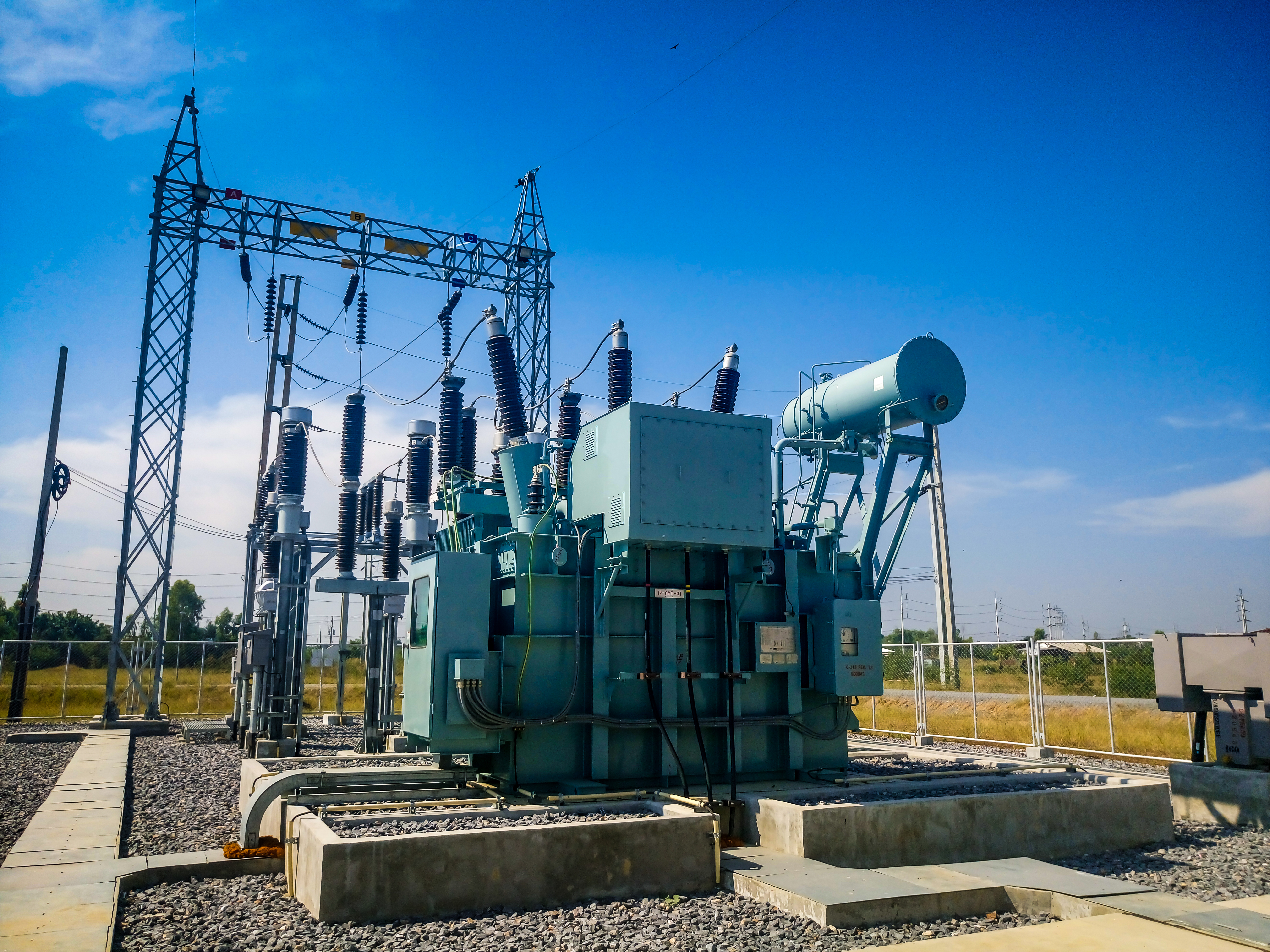
Procurement departments at large utilities, renewable energy producers, and other large industrial customers are faced with approving alternative suppliers. Many of these alternative suppliers are not commonly used in the supply of large power transformers for the US bulk power system because of design limitations and reduced quality controls. When the legacy supplier lead times were not acceptable, these customers were forced to take on the additional risk of transformer failure to maintain power delivery. The same risks exist when sourcing a nonstandard design that may have a reduced capacity, or refurbishing a unit with an unknown history.
With a significant decline in domestic manufacturing of large power transformers and cores and concerns over the national security of bulk power systems, the presidential administration implemented Section 232 Tariffs on Steel. While this did improve the financial stability of domestic suppliers, it was disruptive to the large power transformer industry supply chain.
Procurement departments at large utilities, renewable energy producers, and other large industrial customers are faced with approving alternative suppliers. Many of these alternative suppliers are not commonly used in the supply of large power transformers for the US bulk power system because of design limitations and reduced quality controls. When the legacy supplier lead times were not acceptable, these customers were forced to take on the additional risk of transformer failure to maintain power delivery. The same risks exist when sourcing a nonstandard design that may have a reduced capacity, or refurbishing a unit with an unknown history.
Demand for new transformers and replacement of existing transformers is going to soon. Large power transformer consumption in the United States is expected to grow 20% between 2019 and 2027 [1]. This is being driven by the upgrading of existing infrastructure to better serve the increasing demand and penetration of renewable energy. Over 70% of the United Stated large power transformers are over 25 years old [2]. If the average service life of a large power transformer is 40 years, this equates to more than 150 large power transformers that will need to be managed for end of life each year [2].
The bulk power industry must maximize the service life of large power transformers as demand continues to outpace supply over the next decade. The answer to extending asset life cannot simply be more maintenance. The increased energy costs (up 8% in 2022) are challenging utilities to find savings through Operations and Maintenance (O&M) budget cuts, so the funding can be repurposed into new investments [4]. Therefore, more and more utilities, renewable energy producers and large industrials are turning to online transformer monitoring to extend the life of large power transformers and reduce the risk of unexpected failures. The real-time measure of operational parameters provides visibility into the condition of an asset. This allows for better confidence in loading transformers, planning maintenance, and proactively detecting changes in performance.

Most transformer failures occur shortly upon energization or after meeting design service life. Monitoring aging transformers will help extend the life of an asset which approaches that designed service life. If large power transformers are being procured through new sources, online monitoring can also be used to mitigate the risk of infancy failures. Often infancy failures are fast-developing failure modes that occur before first scheduled maintenance and online monitoring is the ideal solution to catch these before the interruption of power.
Utilities are leveraging digital technologies to continually improve the efficiency of the grid. It is important to realize that online transformer monitoring is a critical component to ensure successful management of these critical assets. The return on this investment has never been easier to justify with the current impacts on large power transformer supply chains.
References:
[1] Department of Energy “Electric Grid Supply Chain Review: Large Power Transformers and High Voltage Direct Current Systems,” February 24, 2022
[2] Department of Energy “Large Power Transformers and the U.S. Electric Grid,” April 2014
[3] J. Postelwait, “Transformative Times: Update on the U.S. Transformer Supply Chain,” T&D World, July 2022
[4] U.S. Energy Information Administration “Short Term Energy Outlook,” December 2022 [Online]. Available:https://www.eia.gov/outlooks/steo/report/electricity.php#:~:text=We%20forecast%20the%20U.S.%20residential,by%20higher%20natural%20gas%20prices.





